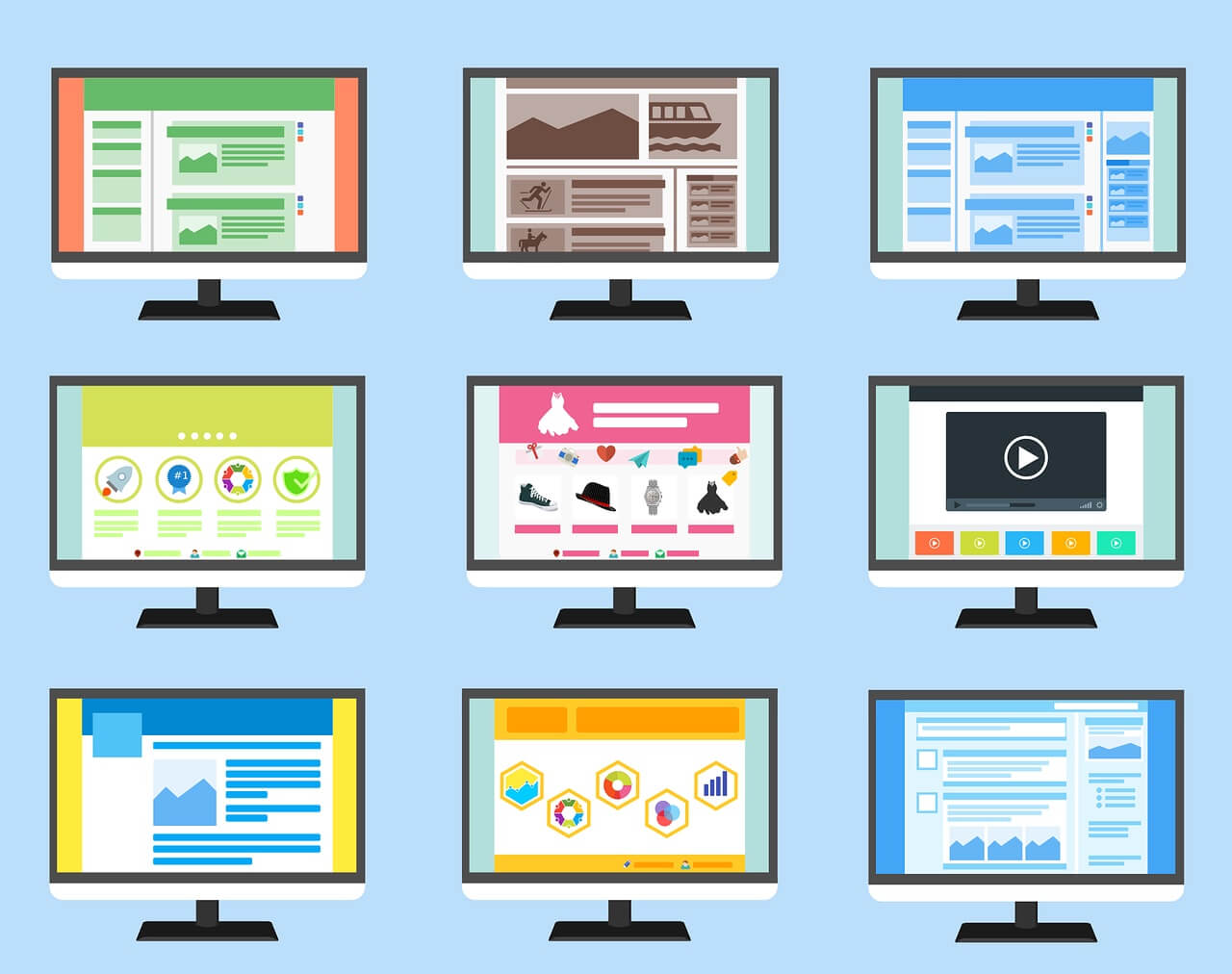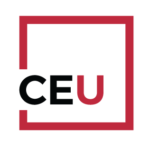What is the cornerstone of sustainable growth and competitive advantage today?
The answer is that a business can benefit from technology in this digital age to attract high-quality traffic and engage customers effectively.
This guide is for all executives who recognize the critical role that strategic, data-driven customer engagement plays in their company’s success.
If you prefer to listen rather than read:
Understanding the Challenge of Getting High-Quality Traffic
The explosion of systems and platforms means that the digital landscape is crowded and noisy. With millions of websites vying for our customers’ attention, driving high-quality traffic that converts into loyal customers requires more than a scattergun approach to marketing.
It’s about delivering the right message, to the right people, at the right time. Well, at least that means that nothing has changed for marketing, doesn’t it?!
According to HubSpot, 61% of marketers consider generating traffic and leads to be their biggest challenge.
So why has this become even more challenging? Because consumer behaviour has evolved.
Today’s consumers are inundated with choices and information, making them more selective about where they direct their attention and loyalty.
They seek personalized experiences, and value authenticity and engagement over generic sales pitches. This shift demands a strategic overhaul of how companies approach customer engagement and traffic generation.
Join our Ultimate 60-mins CX Makeover to discover a new way to decrease information investments while simultaneously deepening the knowledge of your market and customers.
Leveraging Data for Personalisation
The key to unlocking high-quality traffic lies in data-driven personalization.
A study by Epsilon found that 80% of consumers are more likely to purchase a brand that provides personalized experiences.
By leveraging data analytics, marketers can gain insights into customer preferences, behaviour, and purchase history, enabling them to tailor their messaging and offerings.
Consider Netflix, which uses viewing data to personalize recommendations for its users. This data-driven strategy not only enhances user engagement but also keeps customers coming back for more.
By analyzing the vast amounts of data available to them, Netflix can predict what its users will enjoy watching next, leading to increased customer satisfaction and retention rates.
The Power of Content Marketing to Attract High-Quality Traffic
In Conclusion
Driving high-quality traffic and engaging customers in today’s digital landscape requires a strategic, data-driven approach. By leveraging personalization, content marketing, SEO, and social media, and by measuring the success of these strategies, CEOs and CMOs can not only meet the challenge head-on but turn it into a significant opportunity for growth and differentiation.
Embracing these strategies requires a commitment to understanding your audience deeply, experimenting with different approaches, and continuously optimizing based on data insights. The rewards, however, are in terms of customer loyalty, brand strength, and business growth.




 Juvena of Switzerland: The short message to “Enjoy the smoothness” on the back of the Juvena hand cream sample tube, makes the experience both …
Juvena of Switzerland: The short message to “Enjoy the smoothness” on the back of the Juvena hand cream sample tube, makes the experience both … 











